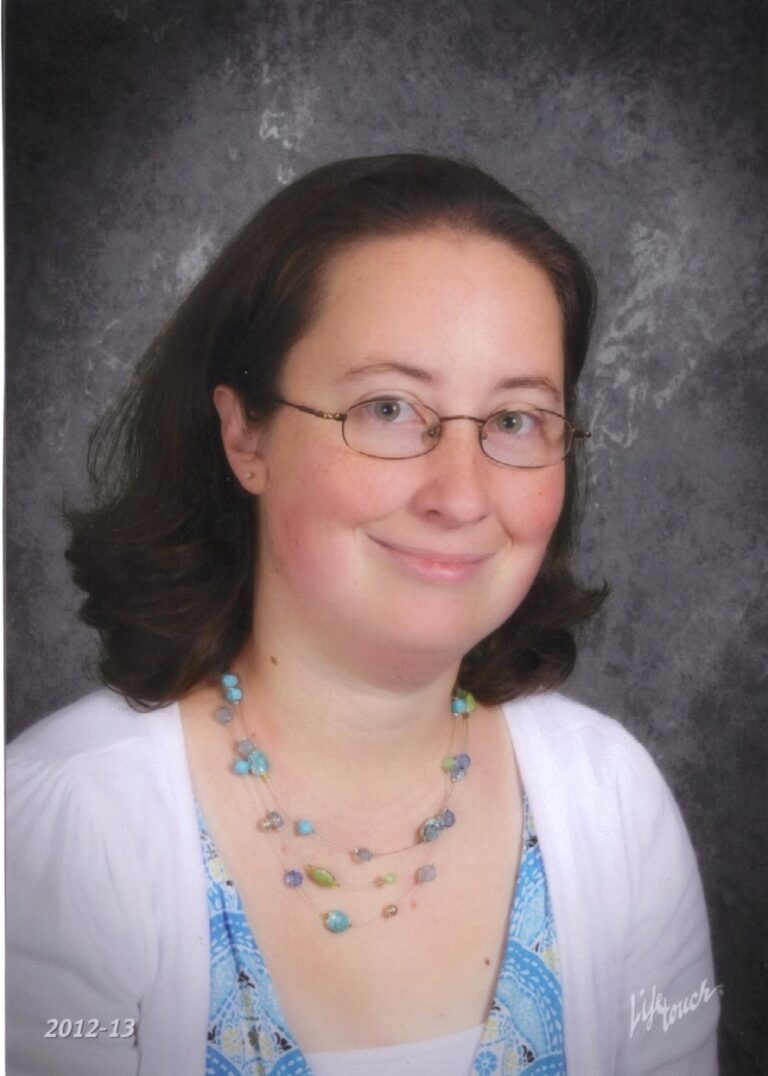Standing at a Crossroad : By Kimmy D
-
by
Colette
ABA Therapy or Inclusion?
Written By: Kimberly J Dauksha, M.Ed.
At the age of nine, I knew I wanted to teach children with autism. Little did I know, I had more in common with the kids I wanted to teach than I ever realized. That is, until I was in my mid-twenties, when I too, was diagnosed with autism. As a third-grade student, I spent my recesses helping in the autism support classroom at my elementary school. In hindsight, I most likely felt more accepted by my peers in the autism support classroom than I did in my general education classroom. I quickly discovered when I quietly sat with the autistic students and took an interest in what they were doing, they began to trust me and include me in their play. This is how I found my social circle.
After I finished college , I began my career as an autism support teacher in the school district I graduated from. Throughout college and early on in my teaching career, I was taught that as an educator, I must use scientifically, researched-based teaching methodology. That made perfect sense to me. I want to do what is in the best interest of my students, so of course I’m going to use research-based teaching practices.


As an autism support teacher, I was quickly introduced to the practices of Applied Behavior Analysis (ABA). Applied Behavior Analysis is a scientific approach to understanding behavior. It refers to a set of principles that focus on how behaviors change or are affected by the environment as well as how learning takes place. The term behavior refers to skills and actions needed to talk, play, and live. I was trained in the Competent Learner Model (CLM), an ABA curriculum developed by Vicci Tucci to guide educators in teaching students with disabilities, specifically autism , basic skills needed for learning and communicating with others. A few years later, I was trained in Verbal Behavior programming, which is also rooted in the principles of ABA.
I jumped in full force with the ABA based curriculums I was handed. It made sense to me. There was an assessment, lesson plans, and data collection tools. I thought it was great. I would learn about my students, teach them, and then collect data to measure their progress. It all made perfect sense, plus I was using scientifically, research-based methodology. It was a win-win situation, so it seemed.

Fast forward a few years and I began questioning the methodology I was using in my classroom. Why was I seemingly forcing students to engage in behaviors that were difficult or potentially aversive to them? Why was I withholding their favorite items in exchange for compliance? Simply put, that’s what I was trained to do. And why? Because it’s what the research tells us is the most effective for teaching autistic students to function in the world.
But whose world are we teaching students to function in? The neurotypical world? Then I began to wonder, is that realistic? Trying to change neurodivergent children to fit into a neurotypical world began to seem cruel. Thinking back, I felt I didn’t fit in with my neurotypical peers, so I found my own tribe. At the age of nine, I had it figured out. How did I forget this? Why am I doing what I’m doing now?
Simply put, I’m standing at a crossroads and don’t know where to go next . The law states I must use scientifically, research-based methodology, but my experience states that this is inhumane.

They say, “when you know better, you do better”. Here’s my chance. Here’s where I can make a difference. But how do you tell your employer you can no longer do what the law states you do? The neurodivergent community is cursing Applied Behavior Analysis; My experience is telling me there are other methodologies that would be beneficial .All I can do now is alter my craft to best meet the needs of my students individually. I can find a balance between scientifically research-based practices and gentle instruction. Inclusive education will only happen, if we start within the buildings !

